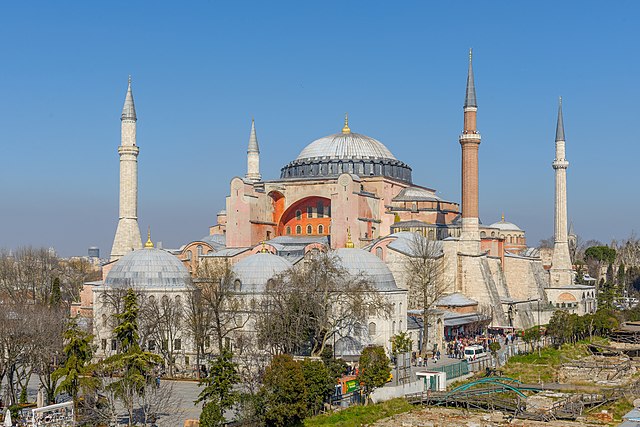We just learned about the Cyrillic Script.
Another part of early Christianity is the Neume.
In the 900s, there were a lot of monks that were living in France, and they were writing music for things like Gregorian Chant.
They started using marks on their papers to show what kinds of notes to sing, like high or low or how long or short a note should be.
These writings turned into the music notes that we know today like half notes, quarter notes and the musical staff.
The word neume either comes from the Greek word πνεῦμα meaning "breath" or the word νεῦμα meaning "sign".

(from: wikipedia - neume)
Kid Facts - Blast from the past: Peshitta


















